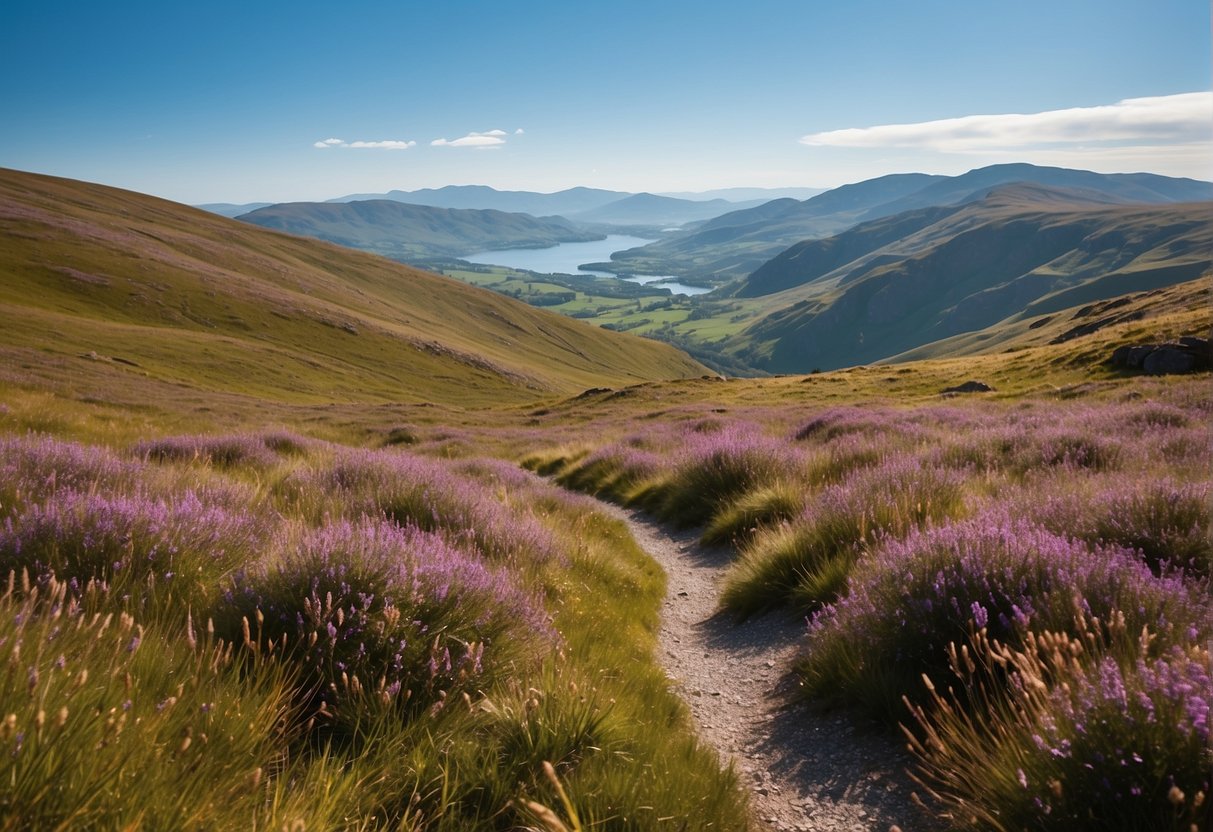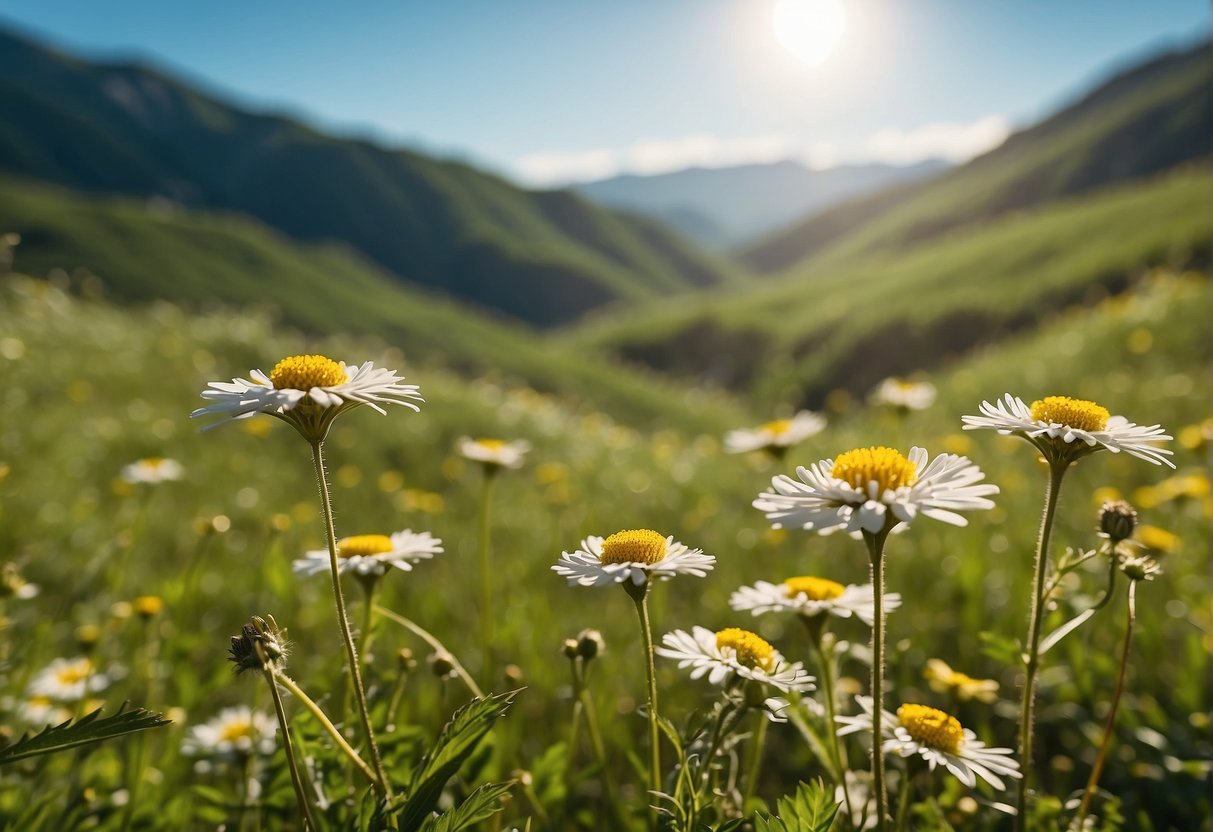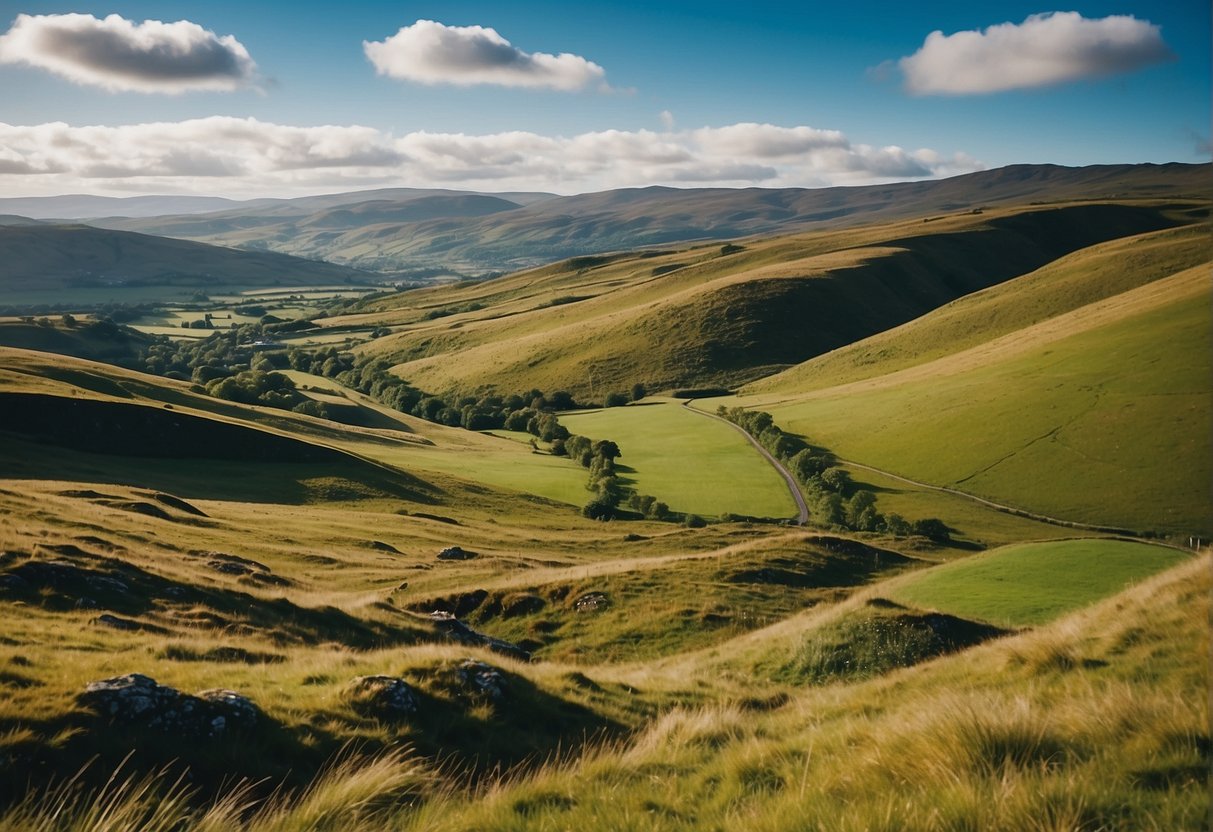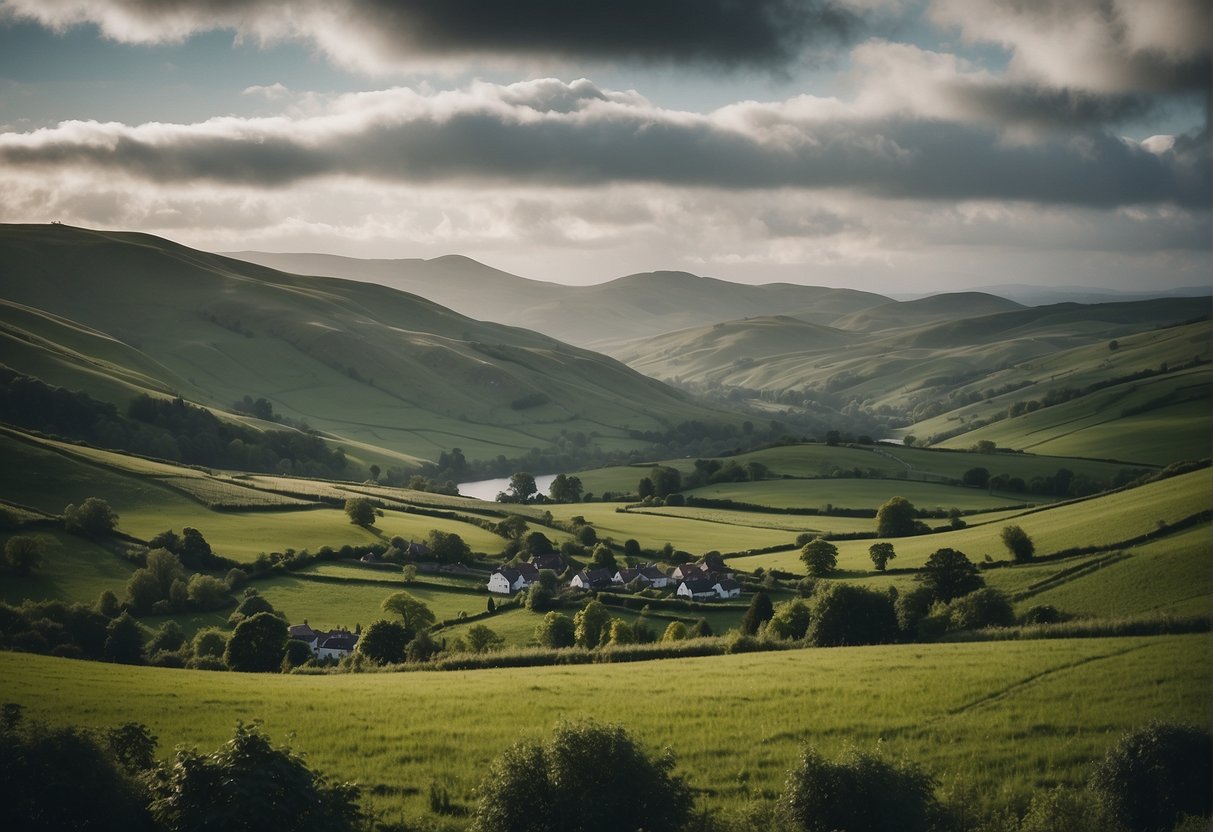Best Time To Visit Scotland: Weather, Festivals, and Crowds
Scotland is a dream destination for travelers, with its remarkable wildlife, historic cities, and epic landscape of the Highlands. However, choosing the best time to visit Scotland can be a daunting task, given the country’s unpredictable weather and seasonal variations. In this article, we will explore the best time to visit Scotland based on your preferences and goals.

Scotland’s weather falls into three main categories: High Season (June to August), Shoulder Seasons (April to May and September to October), and Low Season (November to March). Each season offers advantages and disadvantages for different travelers, such as weather, crowds, prices, and activities. For instance, the High Season is the busiest time in Scotland, with the warmest weather and the most festivals. However, it is also the most expensive and crowded time, with accommodation and attractions booking up quickly.
On the other hand, the Low Season is the least expensive and least crowded time to visit Scotland, with the possibility of seeing the Northern Lights and skiing in the Highlands. However, the weather can be harsh, with shorter daylight hours and occasional snowstorms. The Shoulder Seasons offer a balance between the High and Low Seasons, with mild weather, fewer crowds, and lower prices. In the following sections, we will delve deeper into each season and provide tips on how to plan your trip to Scotland accordingly.
Seasonal Overview

Scotland is a country that boasts a diverse range of landscapes, from rugged coastlines to rolling hills and mountainous terrain. Each season brings its own unique charm and activities, making it a year-round destination for travelers. In this section, we’ll take a look at what each season has to offer in terms of weather, festivals, and activities.
Spring in Scotland
Spring in Scotland is a beautiful time of year, with blossoming flowers and wildlife waking up after months of hibernation. The months of March, April, and May offer average maximum temperatures ranging from approximately 7-13°C (or 45°-55°F). This is a great time to visit if you’re looking to avoid the crowds that come with peak tourism season in the summer months.
Some of the festivals that take place during spring include the Edinburgh International Science Festival and the Spirit of Speyside Whisky Festival. Wildlife enthusiasts can also look forward to spotting puffins and seals along the coast.
Summer Adventures
Summer is the peak tourism season in Scotland, and for good reason. The months of June, July, and August offer long days and rising temperatures, with average maximum temperatures ranging from approximately 15-19°C (or 59°-66°F). This is the perfect time to explore the Highlands and Islands, go hiking, or enjoy a day at the beach.
Some of the festivals that take place during summer include the Edinburgh Fringe Festival and the Highland Games. Visitors can also take part in outdoor activities such as kayaking, fishing, and mountain biking.
Autumn Colors
Autumn in Scotland is a time of stunning natural beauty, with the changing colors of the leaves and the crispness in the air. The months of September, October, and November offer average maximum temperatures ranging from approximately 9-13°C (or 48°-55°F). This is a great time to visit if you’re looking to avoid the crowds and enjoy the fall foliage.
Some of the festivals that take place during autumn include the Braemar Gathering and the Royal National Mod. Wildlife enthusiasts can also look forward to spotting red deer and golden eagles in the Highlands.
Winter Wonders
Winter in Scotland is a magical time of year, with the possibility of seeing the Northern Lights and enjoying winter sports. The months of December, January, and February offer average maximum temperatures ranging from approximately 5-8°C (or 41°-46°F). This is a great time to visit if you’re looking to experience a traditional Scottish Christmas market or celebrate Hogmanay (New Year’s Eve).
Some of the festivals that take place during winter include the Edinburgh Christmas Market and the Edinburgh’s Hogmanay celebrations. Visitors can also hit the slopes for skiing and snowboarding or go on a hunt for the elusive Northern Lights.
Overall, Scotland is a destination that offers something for everyone, no matter what time of year you choose to visit. Whether you’re looking to explore the rugged coastline, hike in the Highlands, or experience the vibrant culture of Edinburgh, Scotland has it all.
Planning Your Visit

When planning a trip to Scotland, there are several factors to consider to ensure a smooth and enjoyable experience. This section covers the essential aspects of planning a trip to Scotland, including travel essentials, cultural experiences, and outdoor activities.
Travel Essentials
It is essential to pack appropriately for the weather in Scotland. The best time to visit Scotland is during the shoulder seasons of April to May and September to October, where the weather is milder, and there are fewer crowds. It is advisable to pack layers of clothing, including waterproof jackets, sweaters, and comfortable shoes for hiking and walking.
When planning your trip, it is essential to book accommodation in advance, especially during peak tourist season. There are several accommodation options in Scotland, including hotels, hostels, and bed and breakfasts, catering to different budgets and preferences.
Cultural Experiences
Scotland is renowned for its rich cultural heritage, including music, food, and whisky. Visitors can explore the country’s cultural offerings by visiting museums, historical sites, and attending music festivals.
Scotland is also home to several famous whisky distilleries, where visitors can learn about the whisky-making process and sample the country’s finest whiskies.
Outdoor Activities
Scotland’s natural beauty is a major draw for visitors, with several outdoor activities to enjoy. Visitors can explore the country’s stunning landscapes by hiking, cycling, and walking. Some of the popular outdoor activities in Scotland include visiting Loch Lomond, climbing Ben Nevis, and exploring the Cairngorms National Park.
Scotland is also home to several wildlife reserves and gardens, where visitors can observe the country’s diverse flora and fauna.
In conclusion, planning a trip to Scotland requires careful consideration of several factors, including the best time to visit, travel essentials, cultural experiences, and outdoor activities. By considering these factors, visitors can enjoy a memorable and enjoyable trip to Scotland.
Frequently Asked Questions

What are the peak tourist seasons in Scotland?
The peak tourist seasons in Scotland are during the summer months, from late June to early September, when the weather is at its warmest and the days are longest. This is also the time when most of the festivals and events take place, such as the Edinburgh Fringe Festival and the Royal Edinburgh Military Tattoo. As a result, prices for accommodations and attractions are generally higher during this time, and crowds are at their peak.
When is the midge season in Scotland and how can it be avoided?
The midge season in Scotland typically runs from May to September, with peak activity in July and August. These tiny biting insects can be a nuisance for travelers, especially those who plan to spend a lot of time outdoors. The best way to avoid midges is to wear long-sleeved clothing and use insect repellent, particularly during dawn and dusk when they are most active. It’s also a good idea to avoid camping near stagnant water and to stay away from areas with a lot of vegetation.
Which months offer the most favorable weather for traveling in Scotland?
The months of May and September offer the most favorable weather for traveling in Scotland, with mild temperatures and fewer crowds than during the peak summer months. However, it’s worth noting that Scotland’s weather can be unpredictable at any time of year, so travelers should be prepared for rain and cooler temperatures.
How can one experience Scotland’s attractions with fewer crowds?
Travelers who want to experience Scotland’s attractions with fewer crowds should consider visiting during the shoulder seasons of spring and autumn. During these times, the weather is still pleasant, and there are fewer tourists than during the summer months. It’s also a good idea to visit popular attractions early in the morning or late in the afternoon to avoid the crowds.
What is the ideal duration for a comprehensive visit to Scotland?
The ideal duration for a comprehensive visit to Scotland depends on the traveler’s interests and itinerary. However, most visitors spend around 10-14 days exploring the country’s highlights, including Edinburgh, Glasgow, the Scottish Highlands, and the Isle of Skye. For those with more time, it’s possible to spend several weeks or even months exploring Scotland’s lesser-known regions and off-the-beaten-path destinations.
During which period can travelers find the best deals for visiting Scotland?
Travelers can often find the best deals for visiting Scotland during the low season of winter, from November to March. During this time, prices for accommodations and attractions are generally lower than during the peak summer months, and there are fewer crowds to contend with. However, it’s worth noting that Scotland’s weather can be cold and wet during the winter months, so travelers should be prepared for inclement weather.






